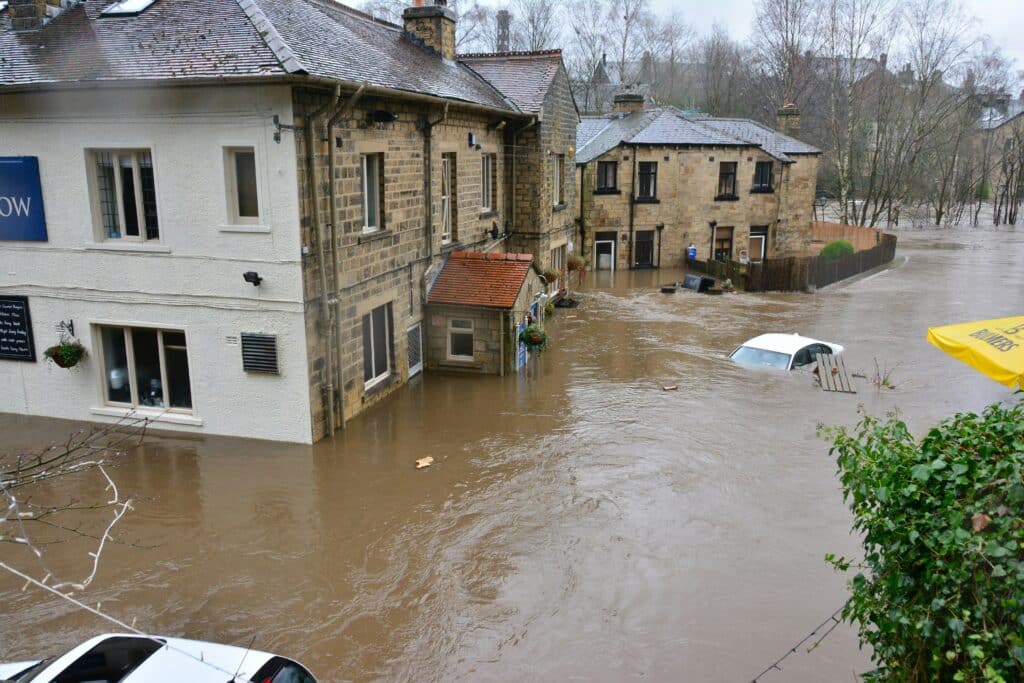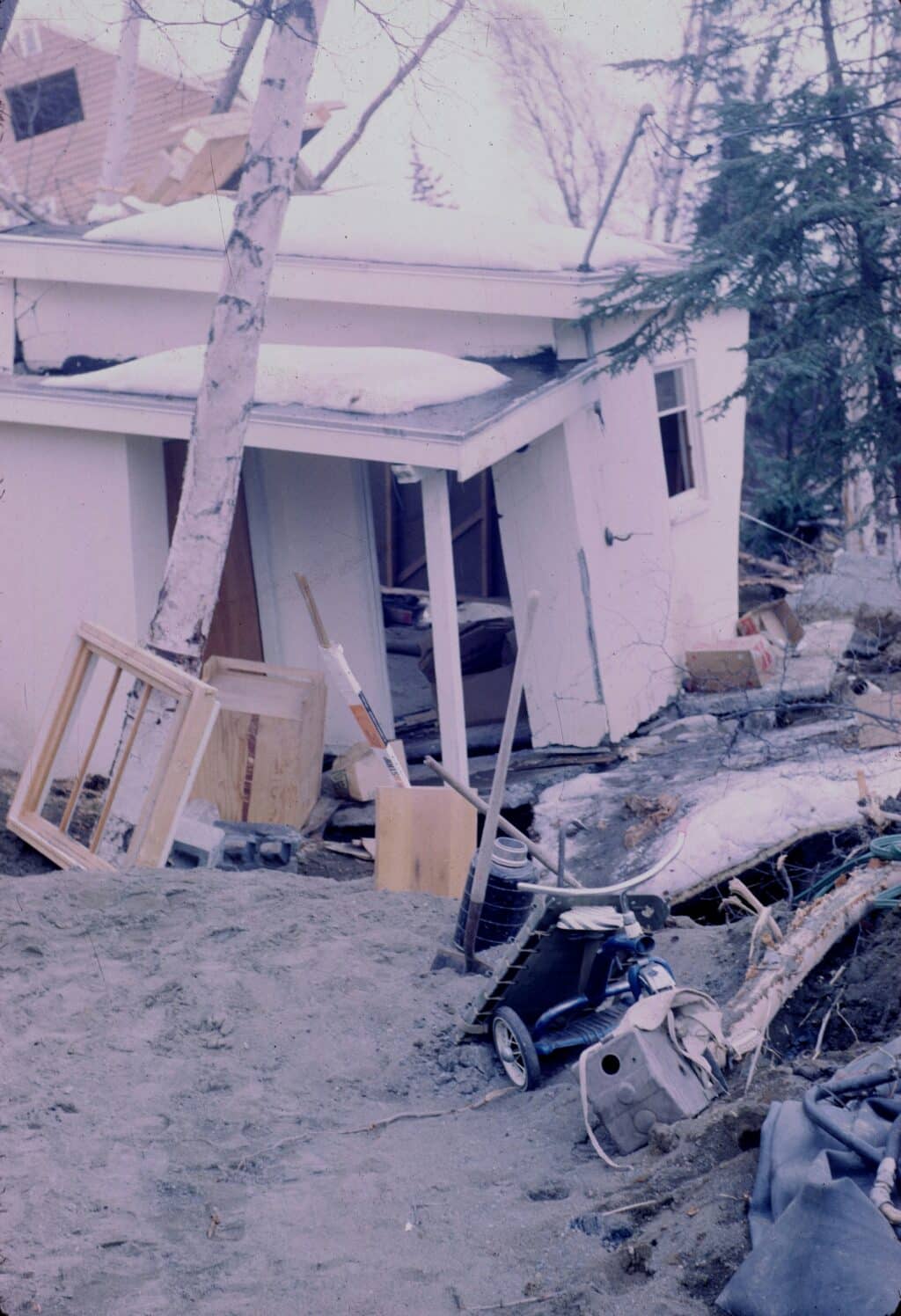There are many reasons your home might become uninhabitable, sometimes very suddenly. The most obvious is a natural disaster, like a fire, hurricane, or tornado. But other issues, like lasting flood damage, black mold, and structural or electrical issues can make a home unsafe.
Termite and other pest infestations can also become so serious you can’t stay in your house. Then there’s loss of utilities, like if the power, gas, or water goes out for an extended period of time.
Sometimes, it’s not the home itself that’s the problem, but a person or people who live in or near it. For example, an abusive partner, spouse, or other family member can pose a threat.
If someone in your household has behaviors associated with severe mental illness, like hoarding, your home could become unsafe. Noisy neighbors or nearby industrial operations could also make your home unlivable or unsanitary.
Whatever the cause, you’ll need a plan of action until you can find a new place to live. But it’s not easy for most people to just up and move to another home.
If you’re not sure what to do, here are some steps you can take when you can’t take it anymore. Remember, no matter what happens, your health — including mental health — and safety should be your first priority.
IMAGE: UNSPLASH
1. Document And File
Before doing anything else (besides getting to safety, if applicable) make sure to meticulously document any and all damage. Your insurance company will base its decisions on what you can prove is missing, damaged, or destroyed.
You can use a combination of photos and videos to make sure the full extent of the damage is clear. You’ll also need to gather all your receipts and documentation of repairs and other expenses.
The next thing you’ll want to do is check the exact terms of your insurance policy or policies. Your home insurance quote (or renter’s insurance) and other policy documents should explain what’s covered and how to file a claim.
Make sure you understand how and what to submit, how soon you need to do it. If you have separate flood and/or hurricane insurance, you may need to file separate claims through those providers.
Don’t forget to document evidence of injury or bodily harm, for any related medical coverage. Some homeowner’s policies, for instance, cover injuries to people living in or staying in your home.
Documenting physical injury is also important when your home is uninhabitable due to abuse or violence in the home. You may need evidence of physical harm to qualify for alternative housing, or to prove your case and have your attacker arrested.
2. Secure Your Belongings
Once you’ve documented the damage, you can start removing important items from the home for use or safekeeping. Depending on your situation, you may or may not be limited in what you can take with you.
If you have a serious pest problem, for instance, you may need to leave behind infested furniture or contaminated clothing. If possible, be sure to remove and safely store any valuables that could attract thieves to your home.
If you don’t know where you’re headed next, it’s often possible to find an affordable long-term storage unit. A closet-sized unit typically goes for less than $100 a month, depending on your location.
These units shouldn’t usually be used to store valuables like precious jewelry or wads of cash (take those things with you). But you can use them to store clothes, books, appliances, and sentimental items while you figure out your next steps.
A word of caution: If you’re desperate for housing, you may be tempted to sleep in your storage unit. Know that this is illegal, and it could get you arrested and your storage contract terminated.
It’s also dangerous: you could get stuck in the unit, get injured by falling items, or suffer from exposure to extreme temperatures. Plus, you might encounter pests or rodents, and you won’t have access to basic utilities like running water.
3. Know Where To Go
It may take some time to line up a new place to live when your home becomes uninhabitable. If you’re lucky, you might have friends or family to stay with in the meantime or the budget for an Airbnb.
In the event of a disaster, local governments or charities might pay your hotel costs or offer temporary shelters. You can contact FEMA or the Red Cross to find out whether resources are available. Your homeowners’ or other insurance policy may also cover a hotel stay.
If your home is uninhabitable or unsafe due to domestic violence or stalking, you may qualify for special types of shelters. Domestic violence and women’s shelters, for instance, are in confidential locations, so an attacker or abuser won’t be able to find you.
To find a domestic violence shelter, call the National Domestic Violence Hotline at 800-799-SAFE or text 88788. Note that you may need to follow certain rules, and a curfew, to keep your spot.
Whatever you do, try not to return to your home until you’re sure it’s safe to do so. You don’t want to risk illness, injury, or death when other options exist.
If you can’t find a place to stay, a 24-hour gym can be an amazing resource in a pinch. You can shower and change, store belongings in a locker, and some even give out free pizza and bagels on certain days.
If you must stay in your car, park in a safe location, and know that truck stops often have showers for rent.
Leaving Your Home – Prioritize Self-Care
The trauma of homelessness, however temporary, is a known cause of depression and other major mental health issues. So, as you navigate your displacement, keep tabs on your feelings and do what you can to get adequate support.
Once the dust has settled, you may want to seek long-term therapy for the loss and grief you’ve experienced. Samhsa.gov can help you find mental health support, including free and low-cost options.
IMAGE: UNSPLASH
If you are interested in even more lifestyle-related articles and information from us here at Bit Rebels, then we have a lot to choose from.


COMMENTS